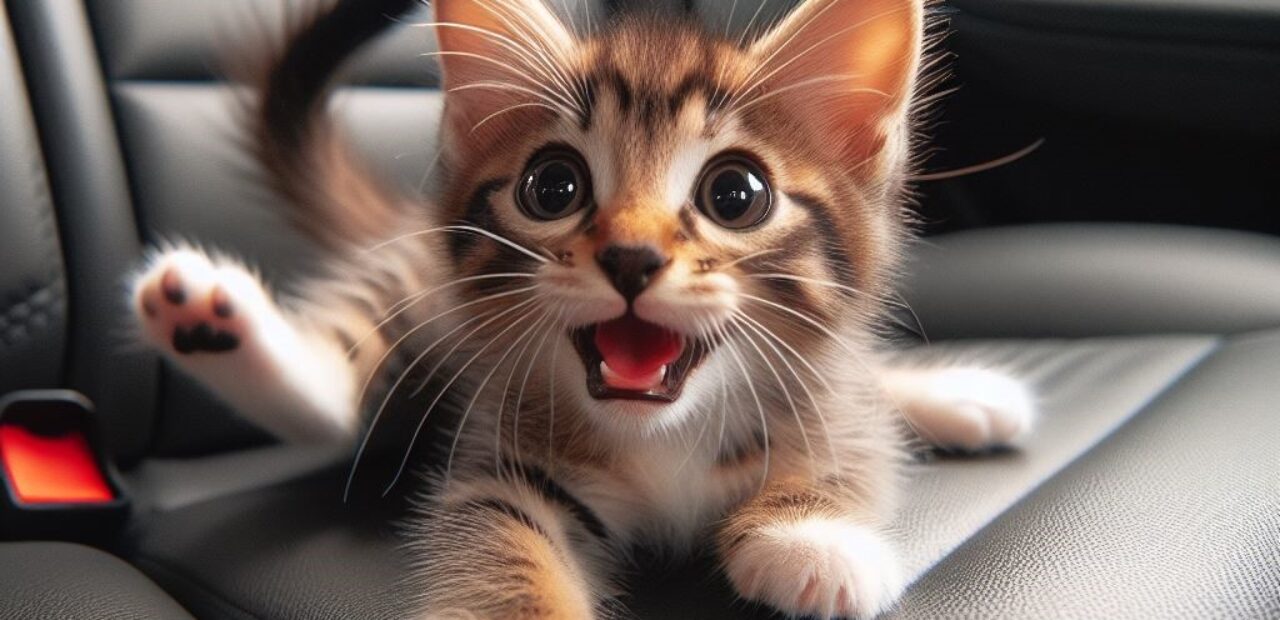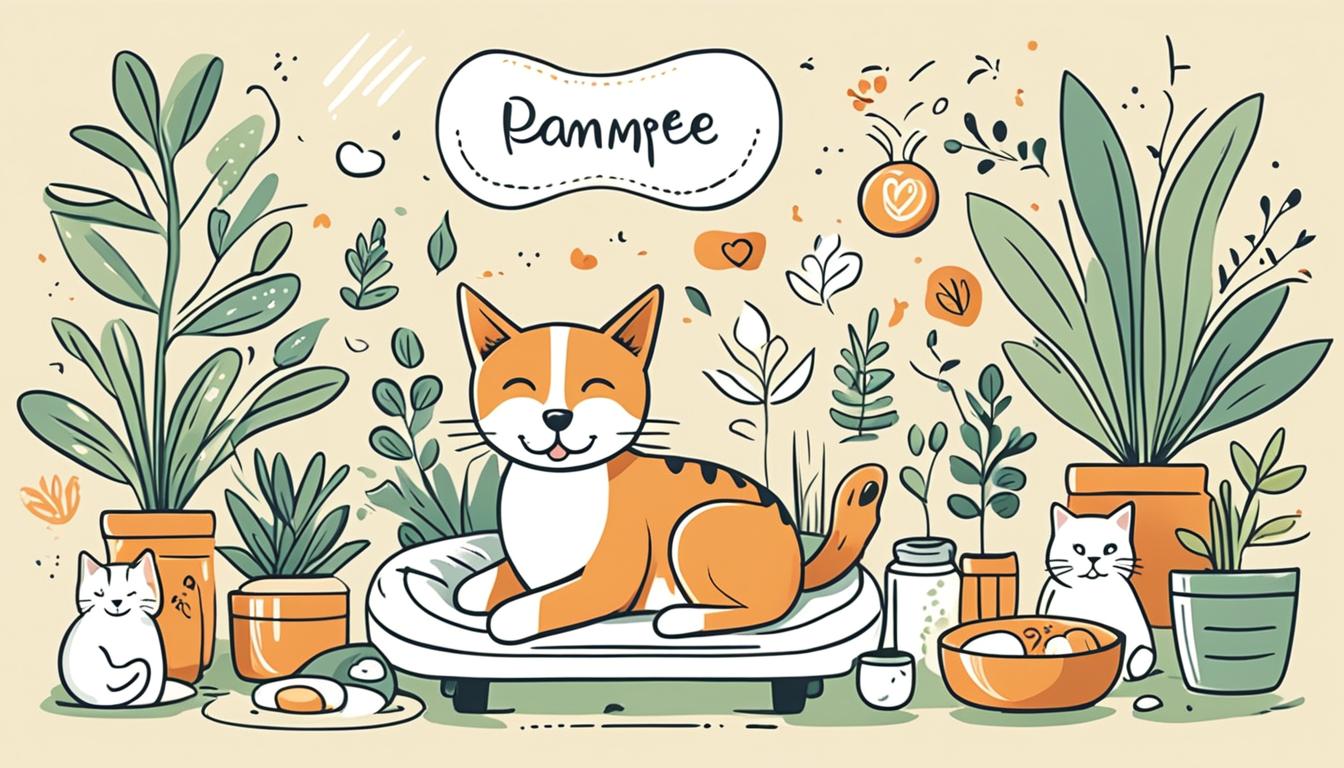Cat Drive Safety: Tips and Risks to Consider
To ensure your cat’s safety during drives, acclimate them gradually to the car, use a well-ventilated carrier, and provide familiar blankets. Stress factors like motion sickness and fear of escape can be alleviated with familiar items and pheromone products. Consult your vet for medications if needed. Prioritize comfort by using pheromone sprays, soothing music, and a secure carrier. Limit drive duration, choose essential trips wisely, and create a calm environment. Remember, securing your cat in a spacious carrier with familiar items is key. Your cat’s safety and comfort are paramount during car rides.
Key Takeaways
- Use well-ventilated carriers for comfort and security.
- Address motion sickness risks with vet-approved solutions.
- Familiarize cats with carriers to reduce stress.
- Secure carriers properly to prevent escapes.
- Minimize drive duration and prioritize safety and comfort.
Cats Dislike for Car Rides
Cats generally harbor a strong aversion towards car rides due to their innate preference for routine and familiar environments. When it comes to motion sickness prevention and ensuring comfort during drives, there are specific measures that can be taken to alleviate their distress.
First, consider acclimating your cat to the car gradually by starting with short trips and gradually increasing the duration. Use a well-ventilated carrier or cage to keep them secure during the drive. Placing familiar blankets or toys in the carrier can provide comfort. Additionally, covering the carrier with a towel can help reduce visual stimuli that may contribute to motion sickness.
Stress Factors During Drives
Experiencing unfamiliar environments can significantly impact a cat’s well-being during car drives. Cats, being creatures of habit, may find the unpredictability of car rides distressing. To help alleviate stress factors during drives, consider the following:
- Provide Familiarity: Bring along their favorite blanket or toy to offer comfort.
- Use Pheromone Products: Consider using calming pheromone sprays or diffusers in the car.
- Practice Desensitization: Gradually expose your cat to short car rides to build their tolerance.
- Seek Professional Help: Consult a veterinarian or animal behaviorist for guidance on coping mechanisms and behavioral training.
Understanding your cat’s stress signals and implementing these strategies can make car rides a more positive experience for your feline companion.
Risks and Challenges Faced
Navigating the journey with a feline companion involves acknowledging and addressing the various risks and challenges they may encounter during car drives. Cats can experience motion sickness, leading to discomfort and potential accidents. The biggest fear is a cat escaping and getting lost during a drive, putting them at risk of injuries or even highway dangers.
Moreover, stress-related health issues can arise from the anxiety of being in an unfamiliar and moving vehicle. To prevent motion sickness, consider consulting a veterinarian for suitable medications or calming techniques. Always ensure your cat is secure in a carrier or cage to prevent escapes and potential hazards.
Ensuring Cats Safety in Transit
During car journeys with feline companions, prioritizing their safety requires careful planning and consideration of potential risks and challenges. Ensuring Cats Safety in Transit involves implementing comfort measures and anxiety reduction techniques to make the experience more pleasant for your cat. Here are some tips to help you keep your cat safe and secure during car rides:
- Use a cozy and familiar blanket or bedding in the carrier to provide comfort.
- Consider using synthetic pheromone sprays or calming treats to reduce your cat’s anxiety.
- Play soothing music or keep the car environment quiet to create a calming atmosphere.
- Ensure the carrier is well-ventilated and secure to prevent any escape attempts by your cat.
Importance of Using Carriers
When traveling with cats, utilizing carriers is paramount to ensuring their safety and well-being during car journeys. Carriers offer numerous benefits, providing a sense of comfort and security for cats.
They create a familiar and safe environment where cats can retreat to reduce stress and anxiety. The enclosed space of a carrier prevents cats from roaming freely in the car, minimizing the risk of injury or escape.
Additionally, carriers can help prevent motion sickness by providing stability and reducing the visual stimuli that can trigger nausea. Overall, using carriers not only safeguards the cat during the drive but also contributes to a more relaxed and controlled travel experience for both the cat and the owner.
Limiting Drive Duration
To promote feline well-being and reduce stress levels, it is advisable to limit the duration of car drives for cats to essential trips only. Managing anxiety and preventing accidents are crucial aspects to consider when planning cat drives.
Here are four tips to help limit drive duration effectively:
- Plan efficient routes to minimize travel time.
- Ensure the car environment is calm and comfortable.
- Avoid unnecessary stops to reduce drive duration.
- Keep interactions with the cat calm and soothing during the drive.
Selecting Essential Trips Only
Selecting essential trips for your cat’s drives is crucial for their safety and well-being. Cats thrive in familiar environments and routine drives, reducing their stress and anxiety levels. When planning a drive with your feline companion, consider their preferences and comfort.
Opt for pet-friendly accommodations to ensure a comfortable stay, minimizing travel anxiety. Avoid unnecessary trips that might disrupt your cat’s routine and lead to increased stress. By limiting drives to essential outings only, such as vet visits or family emergencies, you prioritize your cat’s well-being and minimize the risks associated with car rides.
Keeping your cat safe and secure during necessary drives is key to ensuring a positive experience for both you and your furry friend.
Securing Cats for Safe Journeys
For optimal cat drive safety, ensuring cats are properly secured in carriers or cages is essential. When securing cats for safe journeys, consider the following comfort measures and anxiety management tips:
- Choose a Spacious Carrier: Select a carrier that allows your cat to stand, turn around, and stretch comfortably.
- Familiarize Your Cat: Introduce the carrier to your cat before the journey to reduce anxiety during travel.
- Add Familiar Items: Place familiar bedding or toys in the carrier to provide comfort and a sense of security.
- Cover the Carrier: Covering the carrier with a blanket can help reduce visual stress and create a cozy environment for your cat.
Frequently Asked Questions
How Can I Help My Cat Feel More Comfortable During Car Rides?
To help your cat feel more comfortable during car rides, incorporate calming techniques like covering the carrier with a towel for security and using pheromone sprays. Distraction methods such as playing soothing music or providing familiar blankets can also reduce stress.
What Signs Should I Look for to Know if My Cat Is Stressed During a Drive?
Recognizing stress indicators in cats during drives is crucial. Watch for behavioral changes like excessive meowing, panting, or hiding. To reduce anxiety, use calming techniques such as soothing music or pheromone sprays.
What Are Some Common Mistakes to Avoid When Transporting a Cat in a Car?
When transporting a cat in a car, common mistakes to avoid include not using a secure cat carrier, solely relying on a harness, leaving window screens open, and allowing distractions in the vehicle. Prioritize your cat’s safety and comfort.
Are There Any Specific Precautions to Take When Driving With a Cat to Prevent Them From Escaping?
To prevent cats from escaping during drives, ensure carriers are secure. Implement calming techniques like soft music or pheromone sprays. Distractions with toys or treats can help. Create a comfortable environment, reducing stress for a safer journey.
How Can I Prepare My Cat for a Car Ride to Minimize Stress and Potential Risks?
To prepare your cat for a car ride, implement cat calming techniques such as using Feliway spray or pheromone collars. Gradual carrier training, starting with short sessions in a familiar environment, can help minimize stress and potential risks during car journeys.
Conclusion
In cat companionship, careful consideration of car ride safety is crucial. By understanding the stress factors and risks associated with feline travel, pet owners can ensure their cats’ well-being.
Utilizing carriers, limiting drive durations, and selecting essential trips are practical strategies for securing cats during journeys. Prioritizing safety through these measures can create a serene and secure environment for our furry friends.
















